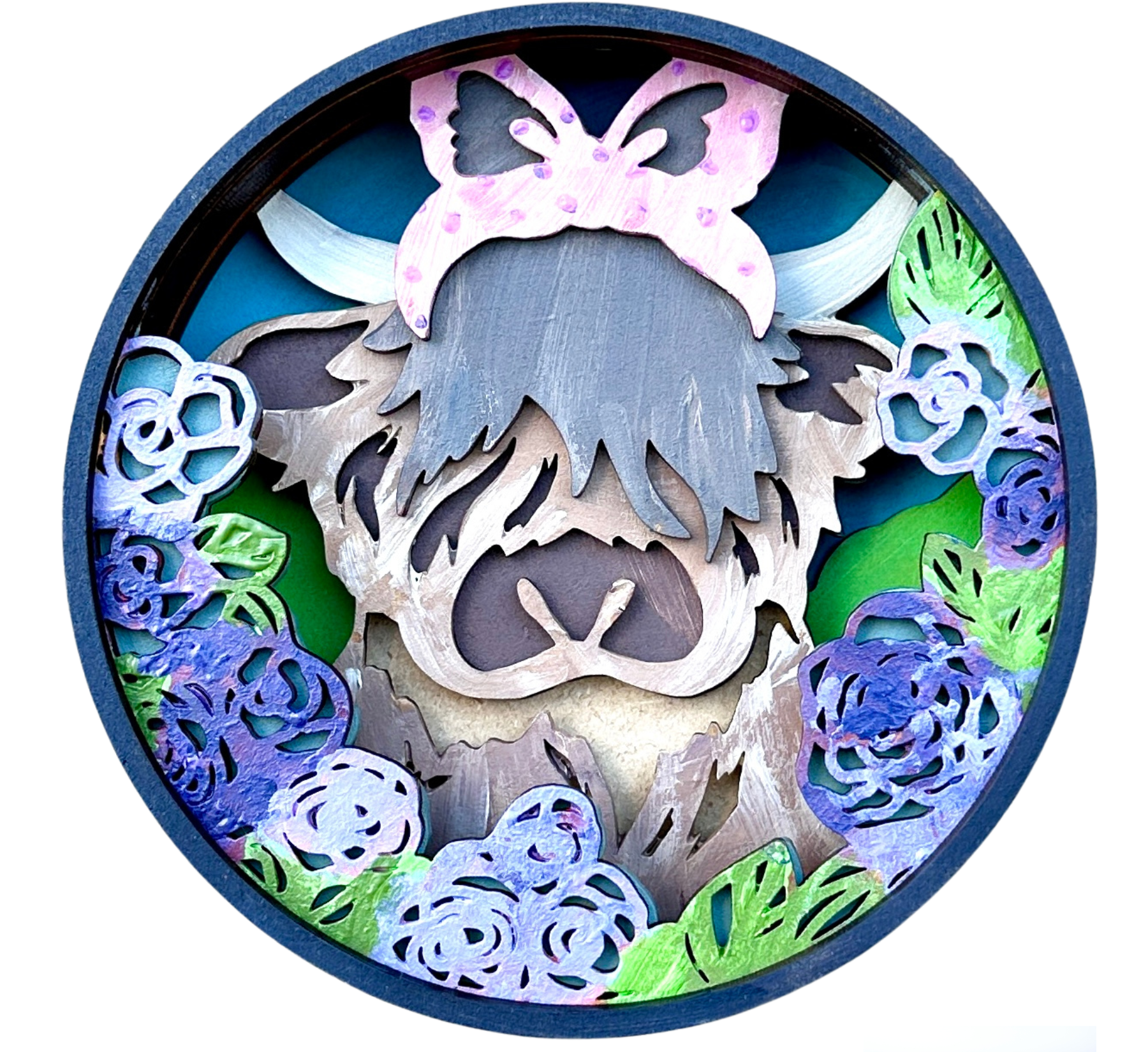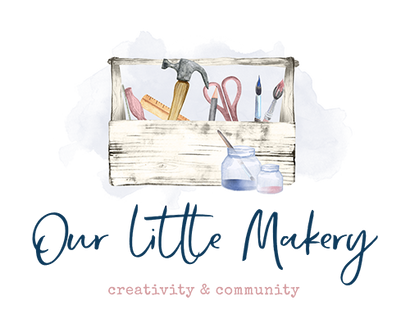
How to Add Texture to Animals – VLOG
Bringing animals to life in your artwork requires more than just capturing their shape—it’s all about texture! From soft fur to rugged scales, adding texture makes your illustrations more realistic and visually engaging. In this tutorial, we’ll guide you through the essential techniques to achieve lifelike animal textures. You can use these techniques with these kits: The GOAT, Highland Heifer, Wolf and so many more.
Why Use This Technique?
Incorporating texture into your artwork helps:
-
Create realistic depth and dimension
-
Differentiate between various surfaces (fur, scales, feathers)
-
Enhance the overall visual appeal of your piece
Pro Tips for Achieving WOW Results:
-
Use a variety of brush sizes and stroke techniques to create natural variation.
-
Work in layers to build depth and realism.
-
Take breaks and review your work with fresh eyes to catch any inconsistencies.
Watch the Full Tutorial!
Check out the video to see these techniques in action. Try them out and let us know how your animal illustrations turn out!
Also in Our Blog

How to paint the Frozen Freedom Goggles- VLOG
Bring your Frozen Freedom Shadow Box to life with this quick and easy painting tutorial! Learn how to layer colors, add highlights, and create depth in your goggles for a bold, frosty look. Perfect for adding that handmade touch to your holiday decor - grab your paintbrush and follow along!

5 Creative Ways to Use Your Shadow Box Kit This Holiday Season
This holiday season, make more than just decorations-make memories. Whether it’s a cozy family craft night, a handmade gift for someone special, or a festive girls’ night in, your shadow box kit is the perfect way to add creativity and connection to your Christmas.

5 Reasons to Join Our Monthly Craft Club
Discover a new craft each month, relax with hands-on creativity, and connect with a community of fellow crafters. Bring your ideas—and leave with something beautiful!
